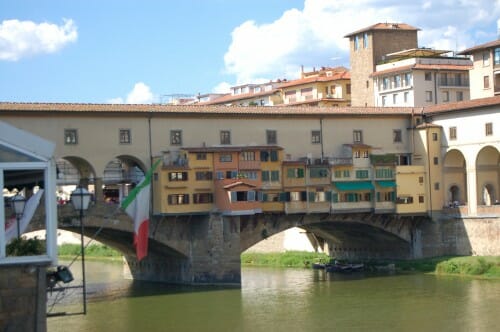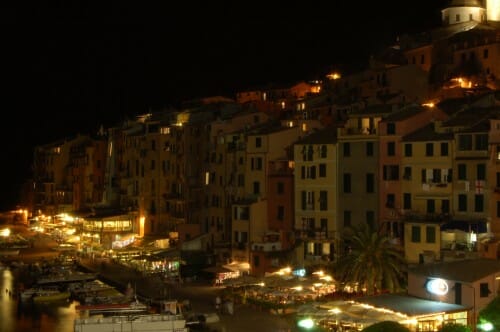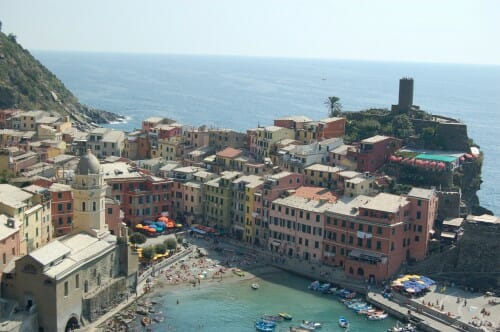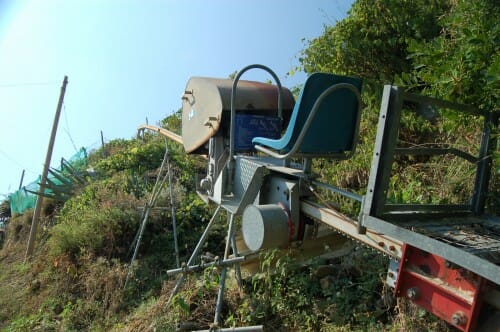More Bipartisan Cronyism in Phoenix: Subsidizing Real Estate so that Future Transit Expenditures Can Be Justified
Yuk. $14 million giveaway to developer
Last week, Phoenix City Council members approved a deal for the $82 million high-rise, mixed-use Phoenix Central Station. The development at Central Avenue and Van Buren Street will include about 475 apartments and 30,000 square feet of commercial space.
As part of the deal, Phoenix would give the developer, Smith Partners, a controversial tax-abatement incentive called a Government Property Lease Excise Tax for the tower portion of the project. The agreement allows developers to avoid paying certain taxes through deals that title their land or buildings to a government entity with an exclusive right to lease the property back.
In this case, the city already owns the land, but the developer will eventually take title over the building. The arrangement allows them to not pay property taxes for 25 years, which a city official estimates would be $600,000 to $900,000 per year based on conversations with the developer. However, the developer will make smaller lease payments back to the city, and, after eight years, pay taxes on those lease payments.
The agreement requires the developer to pay the city a portion of its revenue, which will net the city an estimated $4.4 million over the first 25 years
The difference from the $4.4 million they will actually pay and 25 years at $750,000 in property taxes is about $10 million (fudging concerns about present value and such). I used to be OK with anything that reduced taxes for anyone, but now I have come to realize that discounting taxes for one preferred crony just raises taxes for the rest of us. [Props to Republican Sal Deciccio for being one of two to vote against this]
Here is my guess as to what is going on here. Phoenix paid a stupid amount of money to build a light rail line that costs orders of magnitude more money than running the same passengers in buses. One of the justifications for this gross over-expenditure on the light rail boondoggle was that it would spur development along the line. But it is not really doing so. Ridership on light rail has been stagnant for years, as has been transit ridership (most of the light rail ridership gains simply cannibalized from bus service, shifting low-cost-to-serve bus riders to high-cost-to-serve train riders).
So they need to be able to show transit-related development to justify future light rail expansions. Thus, this subsidized development along the rail line.
I will make a firm bet. Within 5 years we will have Phoenix politicians touting this development as a result of the light rail investment with nary a mention of the $10 million additional taxpayer subsidy it received.







